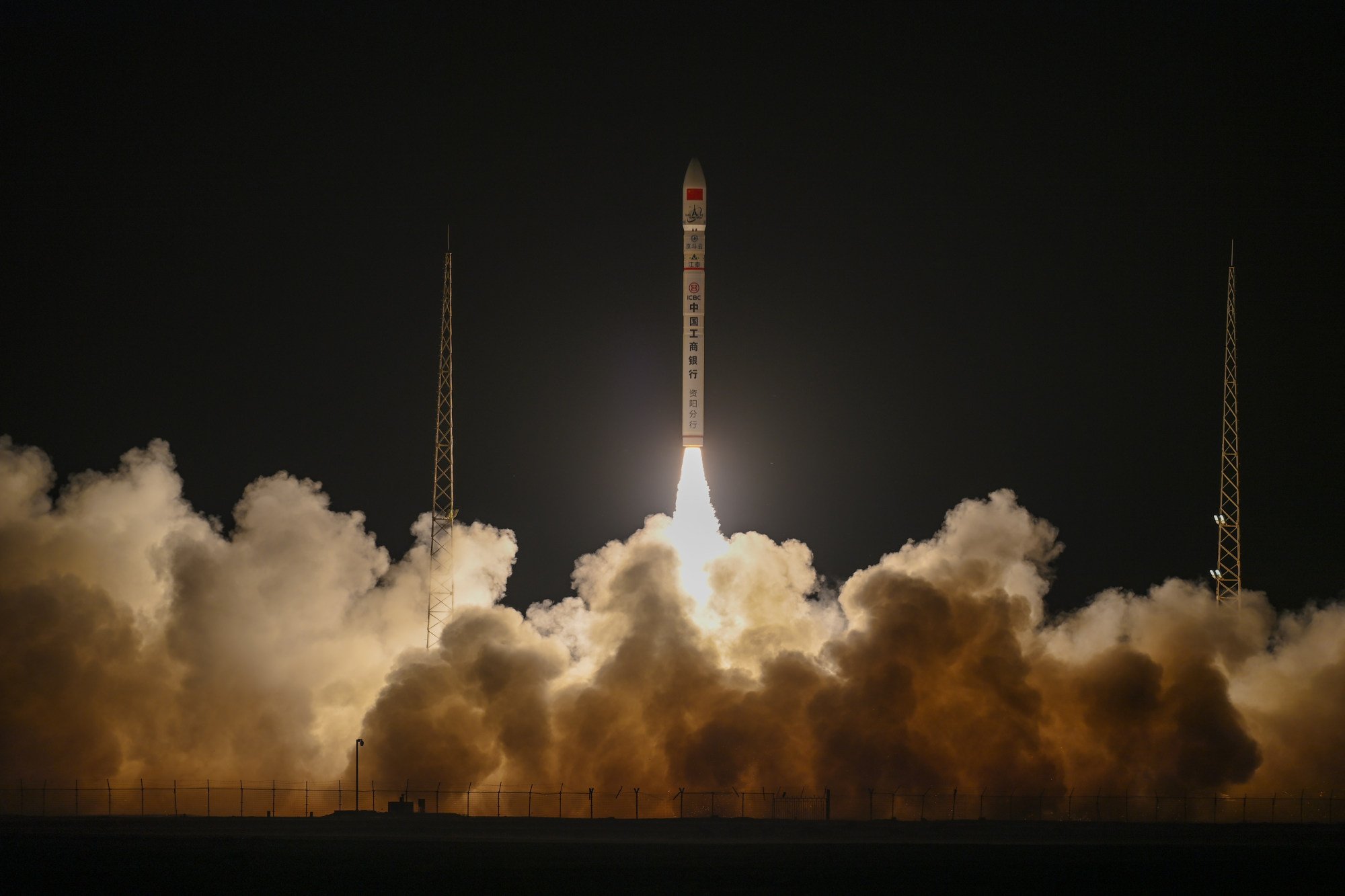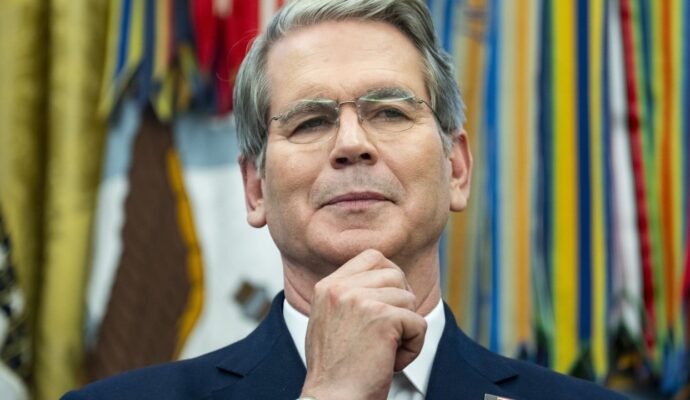It urged the public to remain calm and said the rocket launches posed “no threat” to the island.
Each statement ended with the line: “We have closely monitored the vehicle’s activity and are ready to respond, if necessary.”
Observers said the ministry’s brief statements were not just a message for the Taiwanese public – they were a tactic to leave the People’s Liberation Army in the dark about its abilities.
They also warned that the launches indicated that Taiwan’s military movements were probably all coming under the “watchful eye” of the PLA.
The Taiwanese defence ministry has noted recent mainland rocket launches near the island.
Like most countries, the US – Taipei’s informal ally and biggest arms supplier – does not recognise Taiwan as an independent state but is opposed to any unilateral change of the cross-strait status quo by force.

Shu Hsiao-huang, a senior analyst at the Institute for National Defence and Security Research, a government think tank, said last week’s brief statements about the launches were meant to reassure the island’s public.
“By releasing those statements, the defence ministry aimed to tell people in Taiwan that everything was under its control and that there was nothing to worry about,” he said.
Shu said the defence ministry was able to gather detailed information about the launches with the help of advanced radars and other detection systems as well as intelligence shared by the US and other countries.
But by keeping the statements brief, the island could keep the PLA guessing about just how much it knew.
“By making those launches outside Taiwan public, the ministry can also leave the Chinese communists in the dark over its ability to gather intelligence,” Shu said.
China’s major PLA overhaul has one goal in mind – Taiwan
China’s major PLA overhaul has one goal in mind – Taiwan
Chieh Chung, a security analyst at the National Policy Foundation, a think tank affiliated with the main opposition Kuomintang party, said the launches also highlighted the need for Taiwan to counter the impact of Beijing using satellites in potential conflicts in the region.
“Mainland China has a systematic plan to develop its satellite network programmes. Besides its spy or surveillance satellites, it has sent a great number of meteorological, communications and other satellites into the Earth’s orbit, which can be converted to military use if needed,” he said.
By deploying global positioning, communications and imaging sensing satellites, the PLA was able to hold joint naval and air drills in areas far away from the mainland, Chieh said, adding that the PLA would be able to use the satellites to track the positions of its enemies.
“Worse still, those satellites can place Taiwan’s military under the scrutiny of the mainland, meaning all of our military movements could come under the PLA’s watchful eye,” Chieh said, adding the island should “seek to invest immensely on how to tackle those challenges”.
Lin Ying-yu, a professor of international relations and strategic studies at Tamkang University in New Taipei, also said Taiwan should fully prepare for the PLA’s use of spacecraft in potential regional conflicts.

